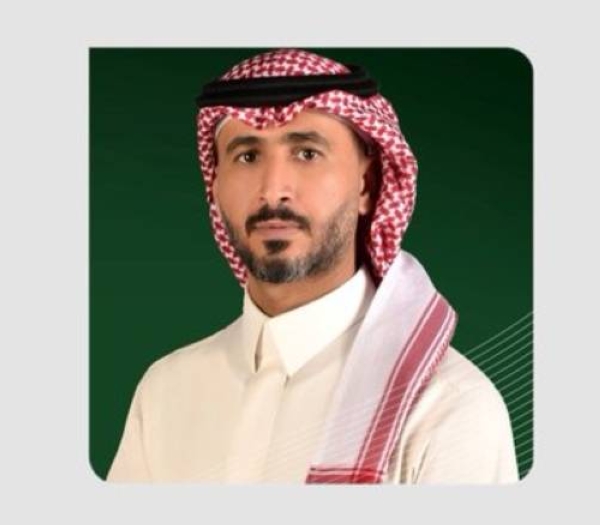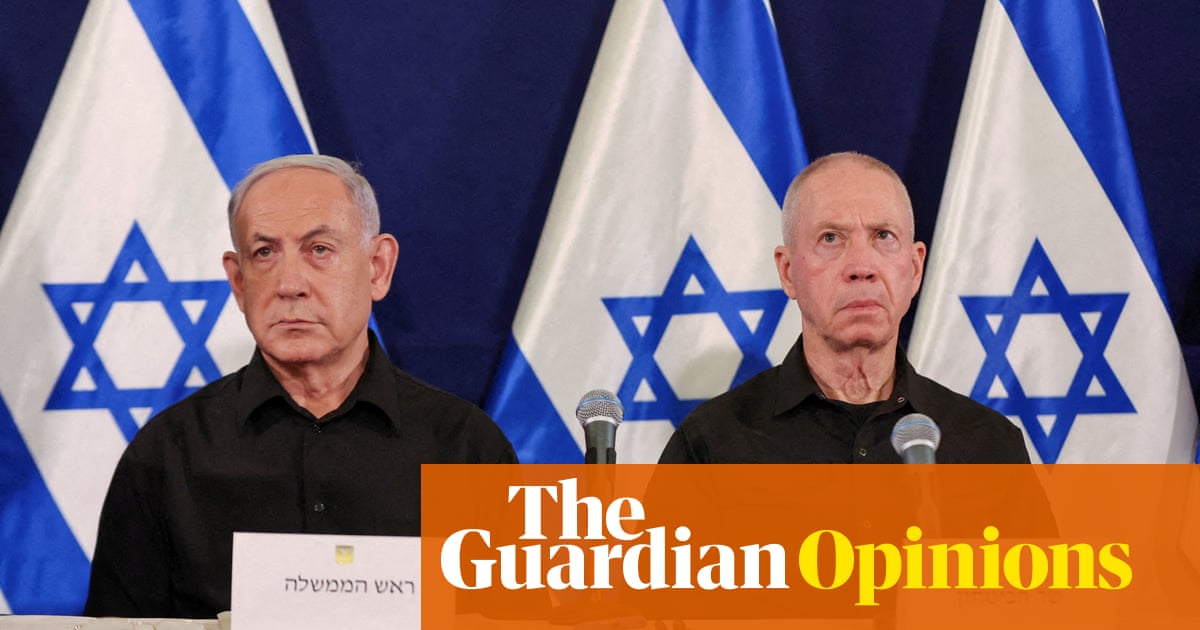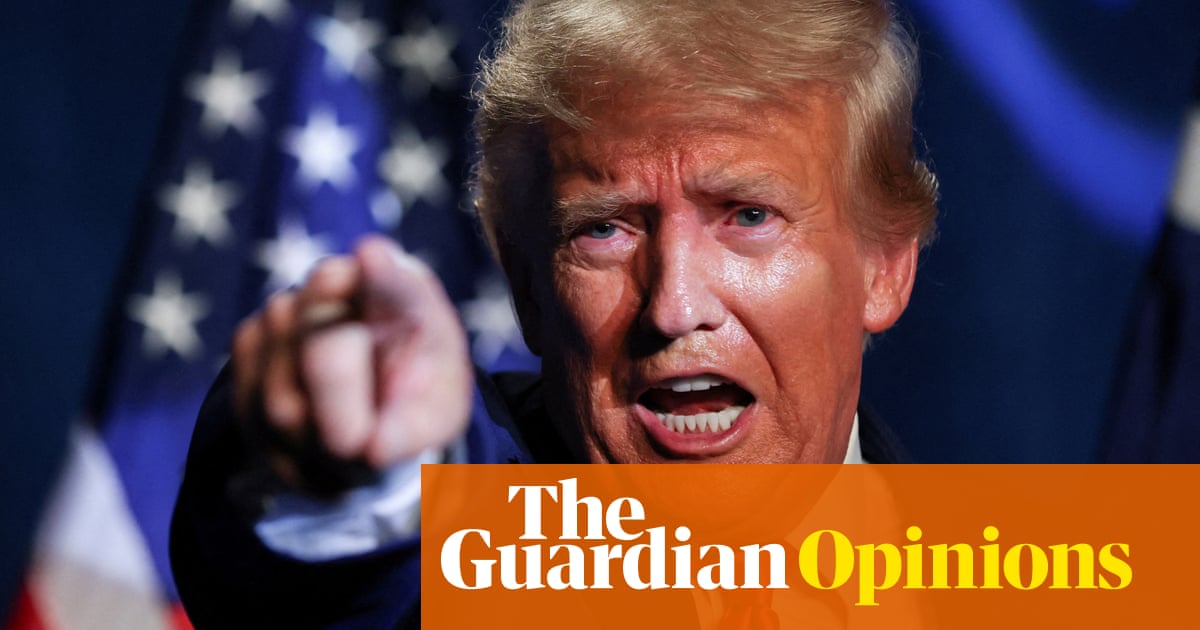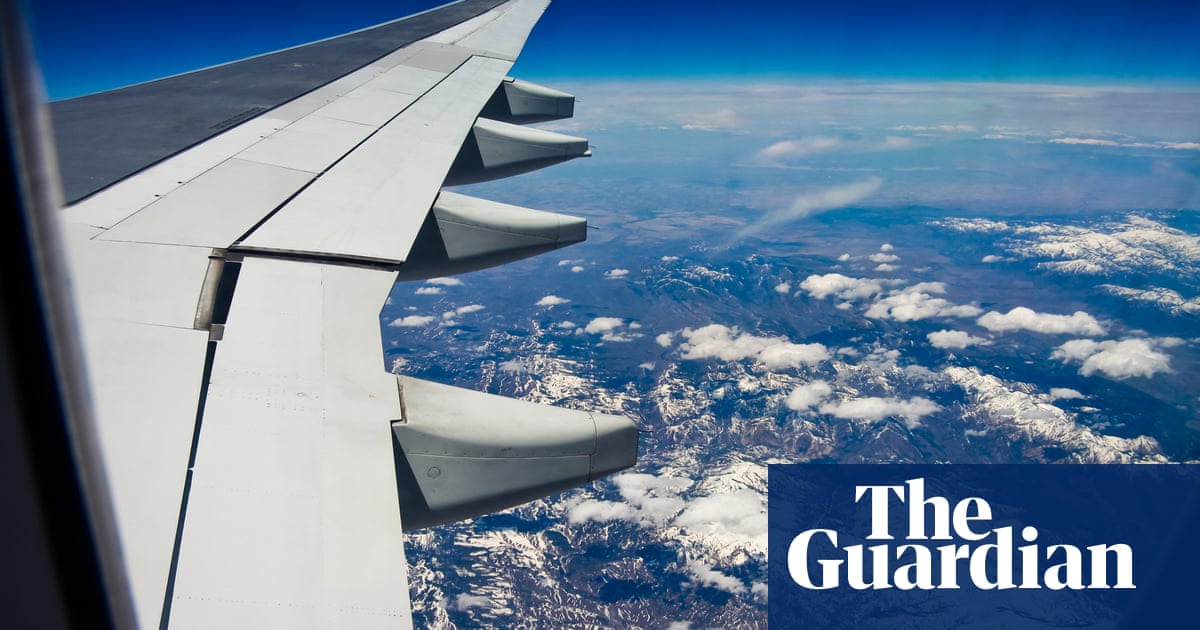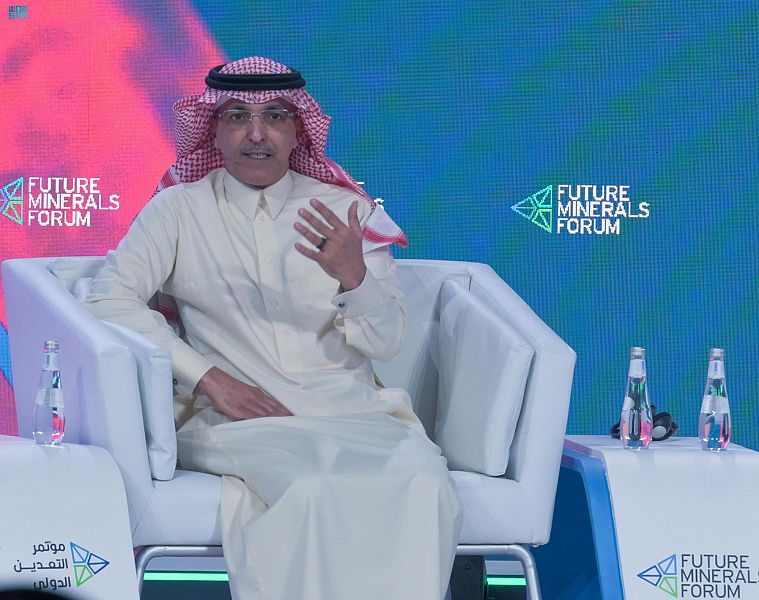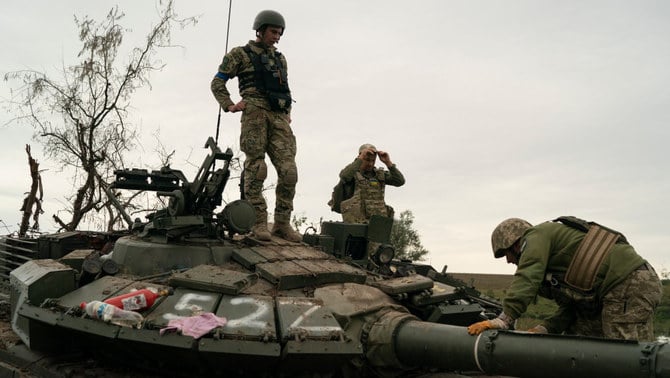
The year 2022 was quite a turbulent and unstable one, with the Russia-Ukraine war impacting European and global security and disrupting energy supply chains, resulting in governments facing vast domestic pressures. The outcome of this turbulence has been wide-ranging strategic transformations in the regional and international arenas, impacting the balance of power equations and leading to the establishment of new alliances, blocs and partnerships that pose a threat to and challenge the US-led unipolar order.
Revisionist powers such as Russia and China, along with countries like Iran and North Korea, have an interest in shifting the world toward a multipolar order and diffusing the concentration of power, which at the moment is monopolized by the US. However, this prospective new multipower global order is not very clear — its leadership positions and power concentrations have not been determined yet.
The Russia-Iran-China triangle is a strategic headache for the US, which could cause it to lose its grip over the Middle East and beyond, with these actors planning grandiose economic projects to establish sanction-proof trade routes and corridors beyond the reach of Western influence and monitoring.
In addition, the European impasse over the Russia-Ukraine war and Europe’s response patterns to addressing rising challenges; the Taiwan question and the intensification of the Sino-US rivalry in the Indo-Pacific region; the current challenges facing the US on the international arena; the crises gripping the global economy in light of the disputes between major world powers; global military developments; nontraditional security threats; and, finally, the crisis facing violent groups and Islamist movements all contributed to the strategic transformations that took place in the international arena in 2022, and to the shifting geopolitical tectonics.
In particular, global developments impacted the approaches and alliances of key Middle Eastern and global powers, as well as impacting regional and global power equations. These regional powers currently have more room to maneuver and a greater degree of flexibility in the Middle East given America’s preoccupation with the Russia-Ukraine war and are able to further enhance their strength and position in the emerging new global order.
Regional powers such as Iran and Turkey have taken advantage of the security void in light of America’s withdrawal to pursue their own respective national and security goals. Given their overlapping spheres of influence and interests, Tehran and Ankara are oscillating between cooperation and limited competition, and this nature of calm and tensions will characterize their relations in 2023.
The Russia-Iran-China triangle is a strategic headache for the US, which could cause it to lose its grip over the Middle East and beyond.
Dr. Mohammed Al-Sulami
There was a tectonic shift in power between the Gulf states and the West in 2022 against the backdrop of successive US administrations showing little interest in the Gulf beyond the sale of weapons and ensuring the safe flow of energy supplies. When Russia invaded Ukraine, Gulf states took this as an opportunity to flex their diplomatic muscles and adopted a neutral position, while condemning the invasion in the UN.
This was evident in Saudi Arabia pursuing its own foreign trajectory for the sake of its own well-defined national interests and its unwillingness to compromise, especially when it came to adopting positions that conflicted with its own interests. This was clearly reflected in the downfall of relations between the US and Saudi Arabia when Riyadh, along with other OPEC+ member countries, decided to cut oil production by 2 million barrels per day despite extensive US pressures not to do so. In addition, in the context of Vision 2030, the Kingdom launched numerous initiatives that will have wide-ranging transformative impacts not only on the country’s socioeconomic dynamics, but also on the region as a whole.
Across the Arabian Gulf, Iran’s internal socioeconomic and political situation under the Raisi government were spotlighted in 2022. The first full year of Ebrahim Raisi’s presidency left the country reeling, as it faced overwhelming political, economic, social, security and ideological developments. These developments have contributed to diminishing further the legitimacy of the clerics, while the killing of Mahsa Amini led to mass outrage across Iran, with the protest movement growing in strength despite it facing a harsh security crackdown.
The Iranian regime is in a tough predicament, despite its attempts to meet protester demands. It is likely that it will also face a tough situation in 2023, especially as members of the country’s Generation Z, who are spearheading the protests, are unlikely to submit to cosmetic and superficial changes made by the Iranian leadership. This generation wants real and comprehensive reforms or an end to the Vilayat-e Faqih system.
The aforementioned transformations will have lasting ramifications in 2023, with a domino effect to be seen across the Middle East and in other regions.
• Dr. Mohammed Al-Sulami is president of the International Institute for Iranian Studies (Rasanah).
Twitter: @mohalsulami





